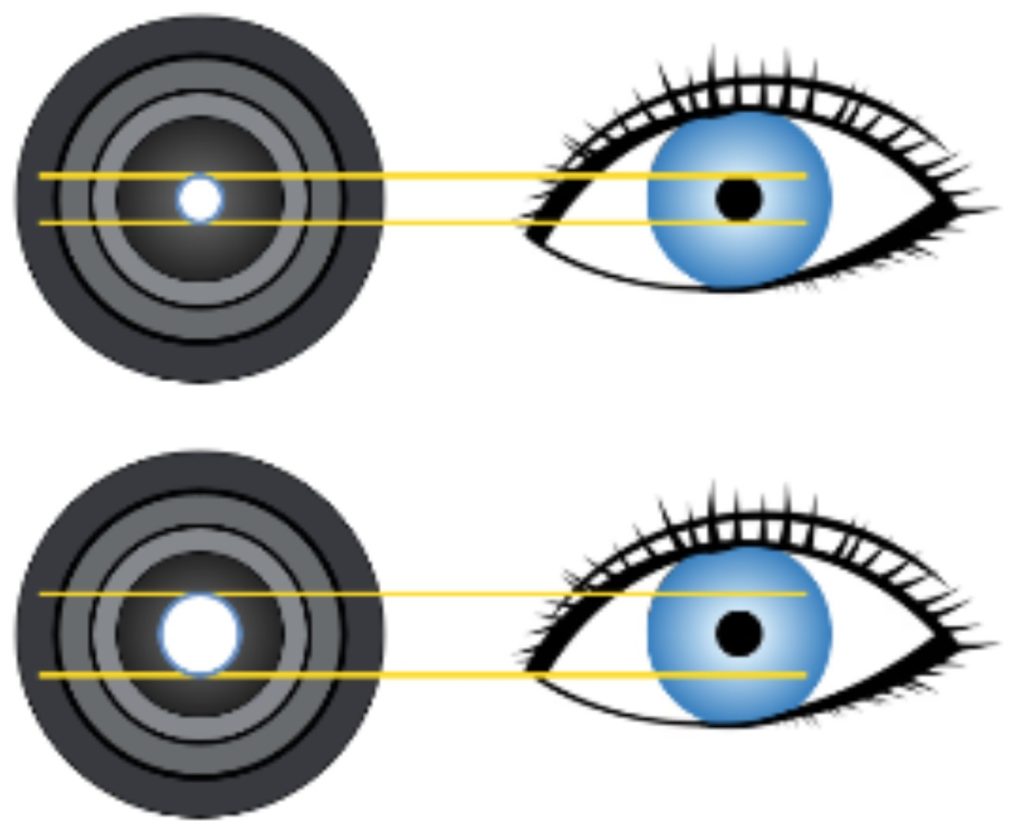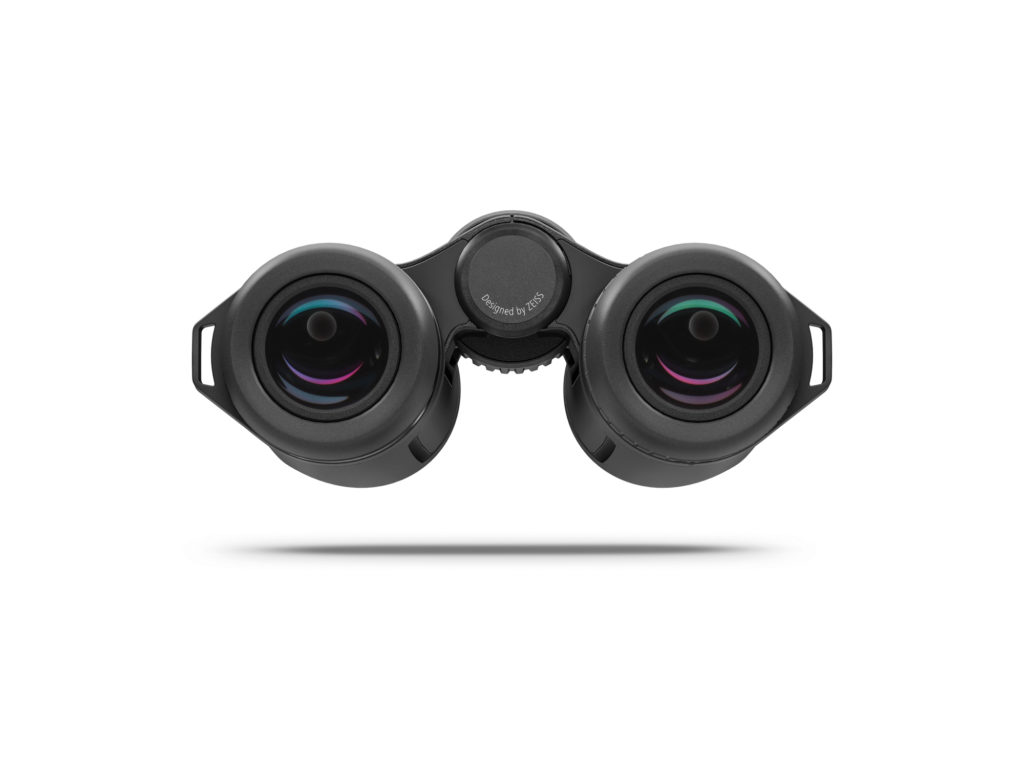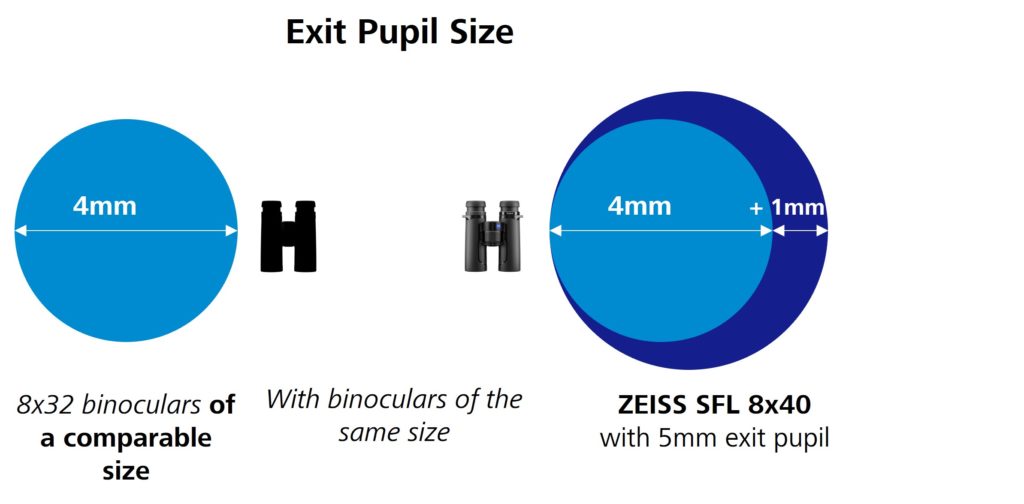Why a large exit pupil makes a comfortable viewing experience possible
Selecting appropriate binoculars depends on many different factors. In addition to optical performance and ergonomics, several other aspects play an important role in creating an impressive, and memorable, viewing experience. Today we’re taking a closer look at the ZEISS SFL’s viewing behavior and learning why a large exit pupil delivers a particularly comfortable viewing experience and what makes the new ZEISS SFL special in this respect.
What is the exit pupil and what effect does it have?
Light enters a binocular through the objective lens. How much light exits depends on the aperture, i.e., the diameter of the lens and on the magnification of the binocular. Light enters the eye as a ray. The exit pupil is effectively the “window” from which the light exits the binoculars. The larger its diameter, the more light can enter the eye and the brighter and clearer the image appears.
In addition to the lens aperture, the magnification level plays a key role in image brightness. The larger the image appears on the retina of the eye, (i.e., the larger the area on which available light is distributed) the darker the image.
The exit pupil therefore describes the ratio between the lens aperture and the magnification of the binoculars and is calculated as follows:
Exit pupil (EP) = lens diameter / magnification
In the case of the ZEISS SFL 8×40 binoculars, for example, the exit pupil is 5 mm.
Why is a large exit pupil so important?
Only the part of the ray of light that enters the eye through the exit pupil contributes to the perceived image brightness. As it gets darker outside, the pupil of the eye naturally becomes larger. In order for sufficient light to reach the eye and produce a bright image even with an enlarged pupil, the exit pupil of the binoculars needs to be larger than the pupil of the eye.

During the day, the enlarged diameter of the exit pupil also provides more freedom of movement for the observer. In dynamic observation situations, every second counts – a large exit pupil makes it easier to track fast-flying birds or birds moving quickly in the reeds or branches, and therefore easier to identify them. Even if the binoculars shift while holding them, they still provide a clear and bright image. Thus, despite shaking hands or binoculars not exactly in front of the eyes, your view is supported, and you still remain literally ‘in the picture’.
Even the elusive and rare Aquatic Warbler (Acrocephalus paludicola) can be easily identified in the indistinct reeds with a larger exit pupil.

A smaller exit pupil only covers the pupil of the eye, which is smaller in daylight.
A larger exit pupil relative to the pupil of the eye not only makes handling easier during observation, it also results in a brighter image at the onset of twilight.
When it comes to viewing behavior, what makes the SFL so special?

The ZEISS SFL stands out due to its large exit pupil combined with its very compact size.
The lens diameter of comparable binoculars of a similar size is usually smaller, which means that the exit pupil is much narrower. A pair of 8×32 binoculars typically only has an exit pupil of 4 mm.
In contrast, the new ZEISS SFL 8×40 has an exit pupil of 5 mm and at a size comparable to a pair of 8×32 binoculars. Its compact dimensions combined with an enlarged exit pupil is made possible primarily through the optimized optical design with reduced lens spacings and thinner lens elements.
All in all, the ZEISS SFL 40 is a pair of binoculars with the compact size of 32 mm binoculars, but with a 56% larger surface area (see the dark blue area in the image below). During the day, this offers more freedom of movement and a more comfortable viewing experience, while producing a brighter image in twilight conditions with a larger pupil of the eye.
